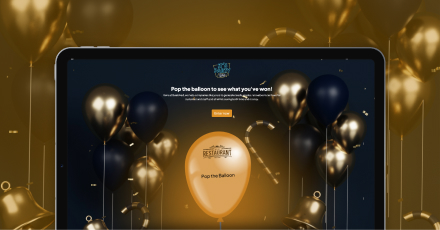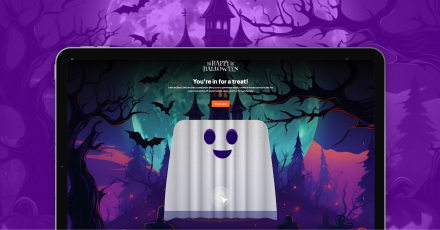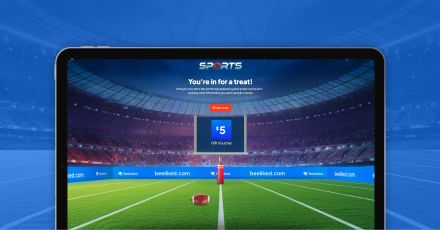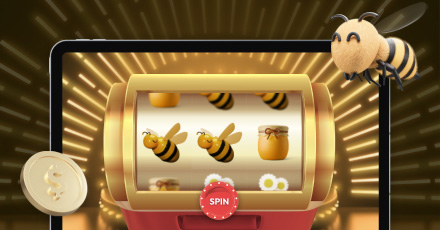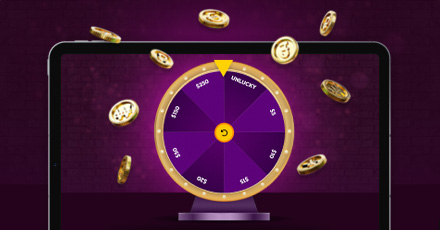Online education faces the persistent challenge of keeping students engaged. With distractions just a click away, maintaining student interest is crucial. Traditional teaching methods often struggle to compete with the instant gratification provided by digital media, which is why innovative strategies like gamification are essential. By incorporating game-like elements into educational content, platforms can turn mundane lessons into exciting, interactive experiences.
Gamification can cater to diverse learning styles, making it a versatile tool in the educator’s toolkit. Visual learners benefit from interactive storytelling and graphical progress trackers, while competitive elements can drive those who thrive on challenges. By addressing these varied needs, gamification in learning ensures that more students stay engaged and motivated throughout their educational journey.
Core Gamification Techniques
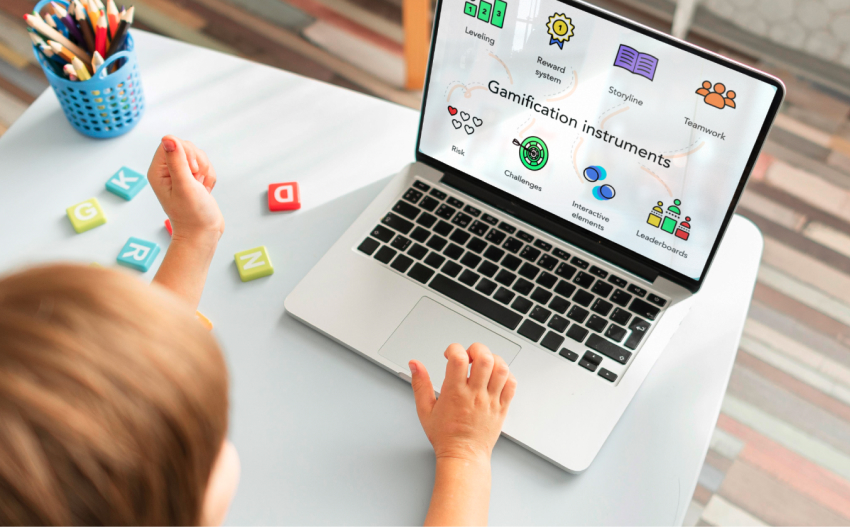
To effectively implement gamification in education, it’s essential to understand the techniques that make it successful. Here are some core strategies:
- Progress Tracking: Allowing students to track their progress through points, levels, or completion bars can significantly boost motivation. Seeing tangible evidence of their progress encourages learners to continue their educational journey.
- Collaborative Projects: Involving students in group activities and projects can foster a sense of teamwork and community. This approach not only makes learning more engaging but also helps students develop important social and collaborative skills.
- Competition: Introducing leaderboards and competitive elements can drive students to perform better. Friendly competition motivates learners to improve their skills and knowledge.
- Rewards and Recognition: Offering rewards such as badges, certificates, or virtual items recognizes student achievements and encourages continued effort.
Engagement and Motivation
Understanding the psychology behind gamification is crucial for maximizing its impact. Gamification leverages both intrinsic and extrinsic motivation:
- Intrinsic Motivation: This refers to the internal desire to learn and achieve personal satisfaction. Gamification techniques, such as interactive storytelling and progress tracking, cater to intrinsic motivation by making learning enjoyable and personally rewarding.
- Extrinsic Motivation: External rewards and recognition drive extrinsic motivation. BeeLiked’s games of chance offer extrinsic rewards that encourage students to engage more deeply with the content. By providing tangible rewards, students are more likely to stay motivated and committed.
The Impact of Gamification on Education

Gamification has made a huge difference in education, with various studies backing up its effectiveness. These studies show how gamification can really boost student engagement and performance. By tapping into both intrinsic and extrinsic motivation, it creates a lively learning environment that keeps students actively involved. Knowing what drives these motivations is key to getting the most out of gamification. Let’s take a closer look at the impact of gamification on learning:
- According to a recent study by ScienceDirect, challenge-based gamification can boost student learning outcomes by 89.45% over traditional lectures.
- The same study highlights that students show a 34.75% increase in overall performance when gamification is applied in Statistics education.
- A different study by ScienceDirect revealed that homework completion rates rose significantly with the introduction of gamification, increasing from 18.5% to 56.25%.
- A survey by ProProfs showed that learning management systems (LMS) that incorporate gamification are highly valued, ranking among the top 10 desired features.
- According to the National Library of Medicine, 95% of medical education students find gamified learning engaging, with 74% preferring it over traditional lectures.
- A survey by eLearning Infographics revealed that 80% of learners believe they would achieve more if their educational or professional environments included gamification.
Platform-Specific Solutions
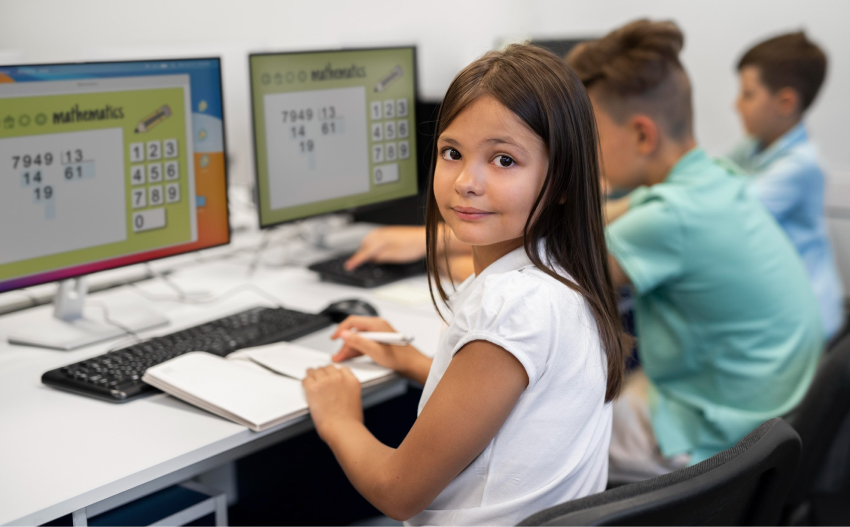
Different educational platforms have unique needs, and gamification strategies should be tailored accordingly:
K-12 Education
Younger learners love colorful, interactive elements that make learning fun. A game like Pop-the-Balloon is perfect for this age group because it’s simple yet rewarding. Kids get to pop virtual balloons to reveal prizes, points, or other goodies. The bright visuals and excitement of discovering what’s inside each balloon keep them eager to participate. This not only makes learning more enjoyable but also helps kids develop a positive attitude towards education early on. By using these engaging activities, teachers can spark a love for learning and help students remember what they’ve learned.
Higher Education
College and university students need more sophisticated gamification elements that challenge them intellectually and offer meaningful rewards. An Unwrap the Gift game is great for this, revealing complex rewards like extra study materials, exclusive content, or access to special events and webinars. Students virtually unwrap gifts to find valuable resources that support their academic journey. The surprise factor and substantial rewards keep them engaged and motivated. These advanced gamification techniques meet the higher cognitive demands of older students, making learning more engaging and satisfying. They also create a sense of achievement and progress, which is crucial for keeping motivation high in higher education.
Corporate Training
For adult learners in a corporate setting, BeeLiked’s Click to Reveal game works wonders. It adds a fun element of surprise to the learning process, keeping trainees engaged and interested. In this game, trainees click on virtual cards to reveal training materials, quiz questions, or instant feedback on their performance. This interactive approach breaks the monotony of traditional training methods and makes learning more dynamic and enjoyable. By incorporating surprises and instant rewards, the Click to Reveal game makes training sessions more effective, leading to better retention of information and higher engagement levels. This is especially useful in corporate environments where keeping employees interested during training can be tough.
All our games at BeeLiked are customizable allowing you to seamlessly adjust and adapt each game to fit the specific needs of your platform, enhancing the learning experience for all users.
Challenges and Considerations
While gamification in education offers numerous benefits, there are also challenges to consider:
- Balancing Fun and Learning: It’s crucial to ensure that the game elements do not overshadow the educational content. The primary goal should always be learning.
- Accessibility and Inclusivity: Make sure that gamification elements are accessible to all learners, regardless of their abilities. This includes considering factors such as visual impairments and learning disabilities.
- Data Privacy: Collecting data to track progress and reward students must be done in compliance with privacy regulations. BeeLiked’s services prioritize data security, ensuring that your platform remains compliant and trustworthy.
Ready to Level Up Your Learning Platform?
Gamification in learning is more than just a buzzword; it’s shaping the future of education. By adding game mechanics to your online platform, you can create an engaging, motivating, and effective learning environment. BeeLiked has a great lineup of gamification tools all designed to make learning more fun and interactive. Our solutions not only capture students’ attention but also encourage active participation and sustained interest in the material. Whether it’s K-12 education, higher education, or corporate training, BeeLiked’s gamification solutions can meet the unique needs of your platform. If you’re ready to take your educational platform to the next level, try BeeLiked today and see the difference our gamification solutions can make.
